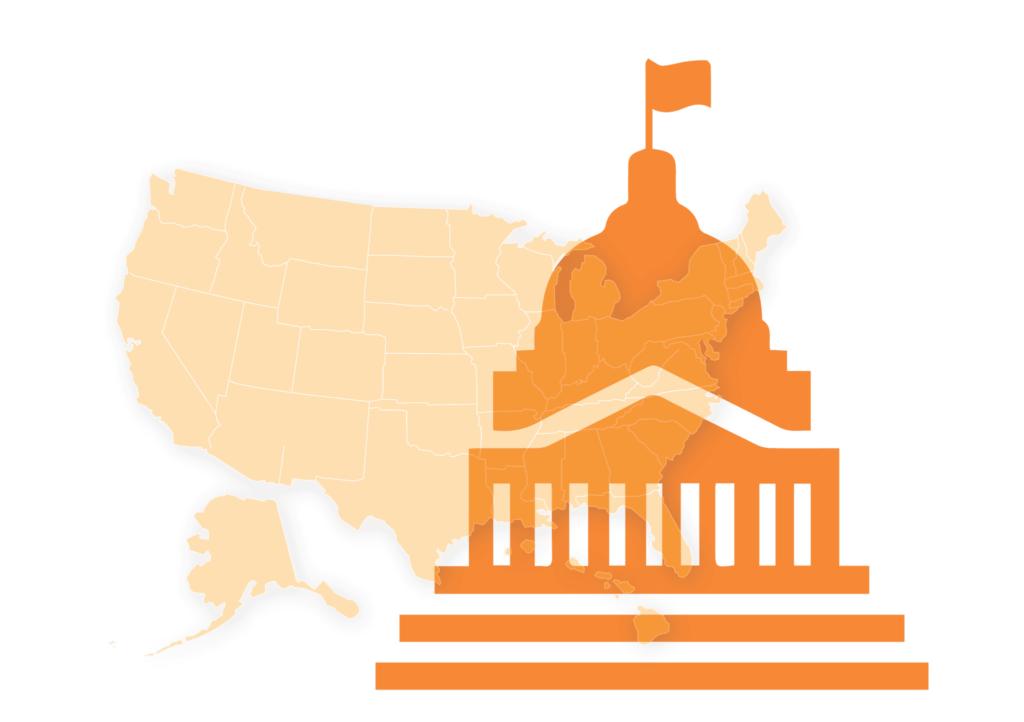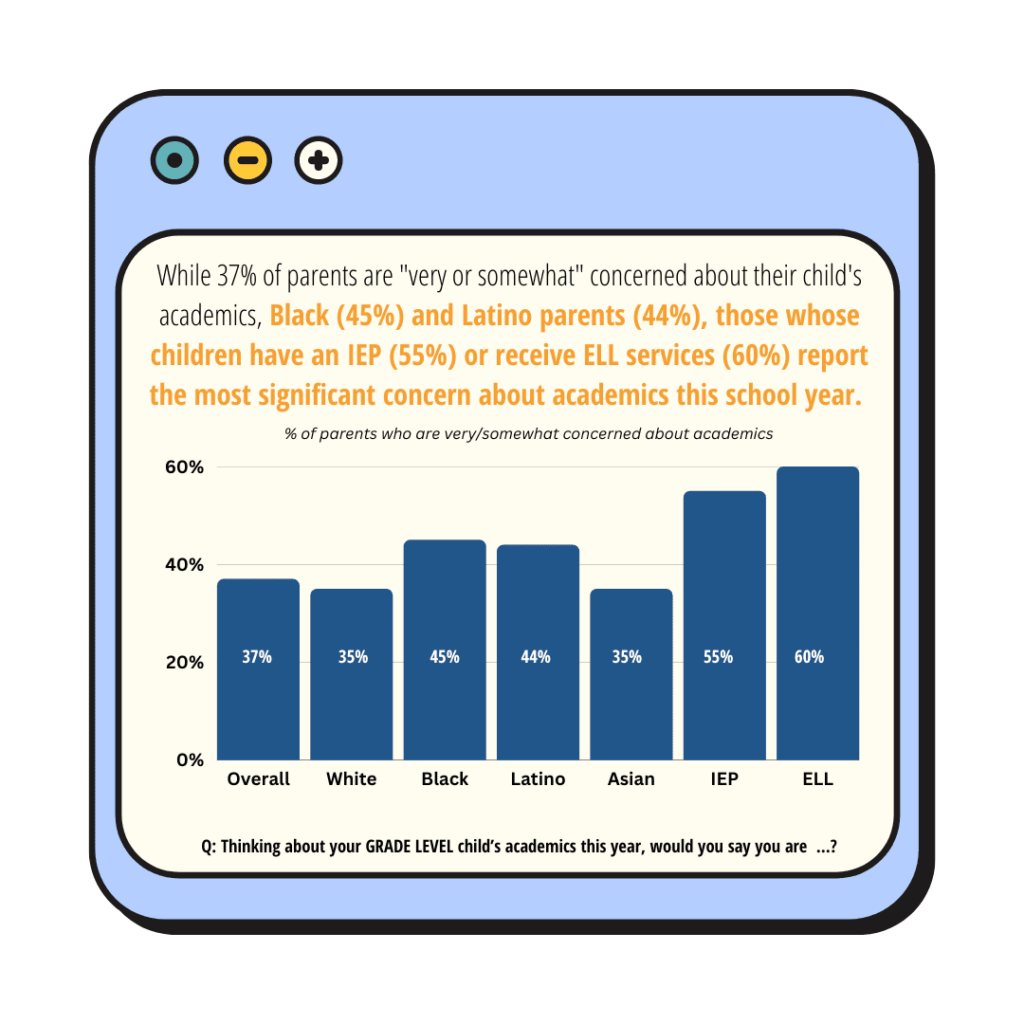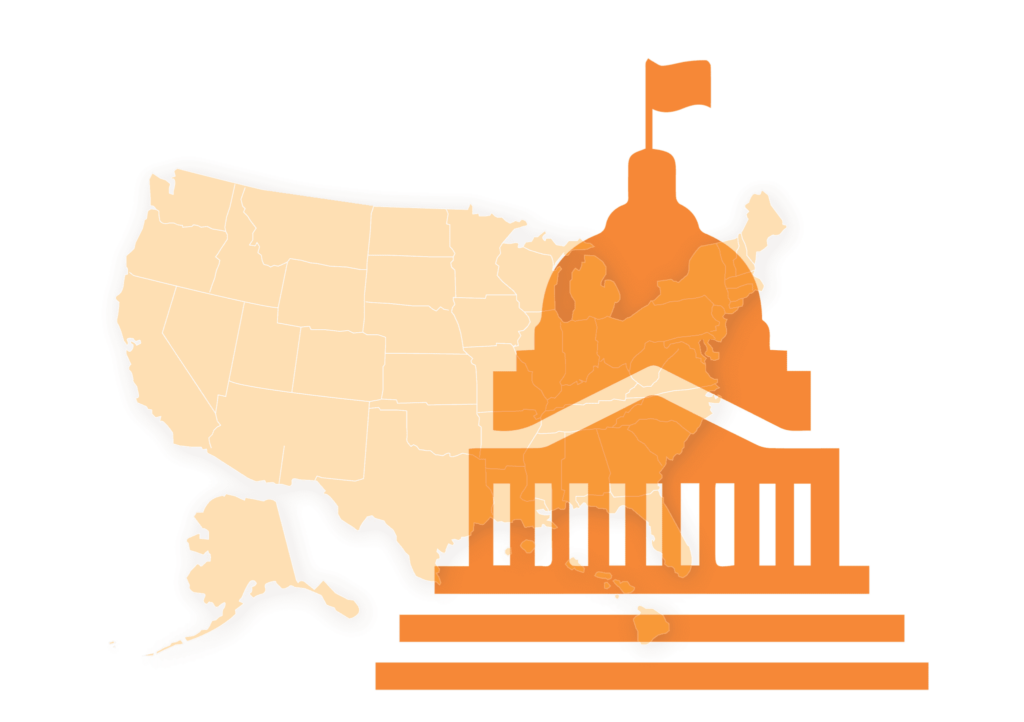Dear Secretary Cardona, Secretary Becerra, Attorney General Garland, and Secretary Mayorkas,
We were encouraged by the passage of the Bipartisan Safer Communities Act to address the growing gun violence epidemic in our country, which includes provisions related to school-based mental health services and other supports for students. We appreciate the work done to date and recognize there is plenty left to accomplish. As your agencies work to implement this new law, we urge you to remain focused on the greater goal – to protect our nation’s students and children. As advocates and champions for evidence-based policies that support the whole child and educational equity, we encourage you to utilize the funding provided through the Bipartisan Safer Communities Act to support evidence-based school safety policies and practices while avoiding those known to be harmful to ensure every child is protected and afforded the opportunity to learn in a safe, inclusive, and affirming environment.
Improving school safety for students requires attending to all the major sources of risk and harm at school. Addressing gun violence in schools will require addressing the full variety of contributing factors that predominantly exist outside of schools, including access to firearms and firearm safety. At the same time, improving school climate holistically is also critically important to protecting the safety and well-being of students. Students need to have positive developmental relationships with trusted adults in their schools, which are an essential ingredient to healthy development and learning; have access to mental and behavioral health professionals, such as nurses, counselors, and psychologists; and to learning environments where all students are cared for, valued, and respected. As you implement the Bipartisan Safer Communities Act to improve school safety for our nation’s students, we urge you to do so by providing robust technical assistance and guidance, and shaping grant application priorities to reflect the following:
- Schools and districts should be encouraged and supported in using available funding for improving school staff training on: (1) how to resolve conflicts, including de-escalation, and infuse restorative practices throughout educational experiences for students; (2) how to identify students exhibiting signs of a mental health crisis and how to connect them with appropriate support services such as school-based mental health experts and social workers; (3) how to integrate evidence-based social-emotional learning practices throughout the school-day; and (4) how to create identity-safe learning environments and cultural and linguistic competence most appropriate for their school
- Schools and districts should be encouraged to use available funding from the Bipartisan Safer Communities Act to hire support staff such as well-trained school-based psychologists, counselors, social workers, community intervention specialists, and other mental health professionals qualified to provide school-based mental health services, and ensure that underserved student populations can access them. These support staff can provide integrated social, physical health, and mental health services that can enable resilience and success for youth, even those who have faced serious adversity and trauma.
- Districts should be encouraged and supported in completing audits of existing student-support services to identify gaps in services across schools, including gaps based on socioeconomic status, race, gender, language access, homelessness status, and disability status. Districts should use information from the audits along with evidence-based practices aligned with the science of learning and development to inform how best to target additional funds to schools and students most in need.
In addition to aligning with the above principles, implementation of the Bipartisan Safer Communities Act should not focus on physically “hardening schools,” hiring or providing additional funding for school resource officers (SROs), implementing “zero tolerance policies,” or promulgating behavioral threat assessments in schools. These practices have not been shown to increase school safety, and instead have been correlated with having disproportionate negative impacts on our most underserved students, thus increasing risks to their mental health and well-being.
Instead of hardening the physical environment of a school by installing metal detectors or surveillance equipment, schools should focus on creating identity-safe learning environments. Research indicates that a punitive environment undermines learning by increasing students’ anxiety and stress, which drains energy available to address classroom tasks. A punitive environment also limits students’ abilities to meaningfully engage with peers and adults and can degrade the sense of community in a school. Physical hardening measures such as metal detectors and surveillance equipment are often ineffective because schools lack the capacity to train and operate them, or detract from capacity needs to build and sustain inclusive and equitable learning environments. They also come with a hefty price tag, and can make students feel less safe. Plus, research demonstrates that various school surveillance measures, including the installation of security cameras and facial-recognition technology, only worsens discipline disparities and academic achievement for underserved students, particularly students of color and students with disabilities. Schools should instead use their available resources to train their staff to foster identity-safe learning environments, in which all students feel seen and valued, and promote student achievement and attachment to schools. Learning experiences in which teachers allow students to express their identities as assets enable students to feel a strong sense of safety, belonging, and purpose, which in turn increases their ability to learn and engage with instructional content.
Despite the significant number of students dealing with toxic and often chronic stress, middle and high schools where Black students comprise the demographic majority are more likely to have security staff but not mental health providers. Students of color are also more likely to attend schools employing law enforcement officers but no school counselor. This is especially problematic because schools with more police have more suspensions, expulsions, police referrals, arrests of students, and increased chronic absenteeism. These impacts fall disproportionately on many Black students and other students of color, where the presence of police officers in their schools poses a physical and psychological threat in a place that should be supportive and welcoming. On top of these negative impacts, a recent study showed schools experienced almost three times more casualties in shooting cases with an SRO or armed police presence than those without. Instead of hiring security staff, schools and districts should take a comprehensive approach to supporting students’ mental health and overall well-being, which is critical to preventing school violence and keeping schools safe. The need for this comprehensive approach is in direct response to a common characteristic among school shooters, which is that more than 90% have been perpetrated by current or former students, many who experienced academic or social-emotional issues at home and school, were suspended or expelled, and did not receive mental health and other supports. In fact, 87% of school shooting perpetrators left behind evidence that they were victims of severe bullying within the school. Research shows that the availability and accessibility of mental health supports and schoolwide services – often supported by well-trained, and when needed bilingual, school-based psychologists, counselors, social workers, community intervention specialists, and other mental health professionals – is key to the success of children and adolescents in both school and life.
Another harmful practice is the use of zero-tolerance policies that apply strong punishments for particular infractions — including removing students from the classroom or school via suspensions and expulsions. Research shows zero-tolerance policies have a significant negative impact on students of color, students with disabilities, and other historically underserved students. Many districts and schools apply these policies to nonviolent and more subjective offenses, such as “willful defiance,” dress and hair code violations, talking in class, tardiness, or truancy. Research also shows these policies result in negative consequences for student academic achievement, attainment, and welfare. Instead, schools can replace zero-tolerance policies and the use of suspensions and expulsions for low-level offenses with strategies that foster the development of social-emotional skills. These strategies include teaching students how to build positive relationships and resolve conflicts peaceably with their peers. They also include targeted behavioral supports for at-risk students, methods for promoting a strong sense of connection to school communities, and strategies to prevent bullying.
Further, we are particularly concerned with funds from the Bipartisan Safer Communities Act potentially being used to support training efforts on practices that lack a significant evidence base such as behavioral threat assessments, as these practices can result in the profiling of and discrimination against Black and Brown students and children with disabilities. Although intended to prevent instances of school violence – any form of which is horrific – behavioral threat assessments often result in the inappropriate sharing of private student information with law enforcement, create long-term educational consequences by labeling and stigmatizing students in question, and increase the volume of discriminatory discipline and inappropriate arrests of children. Rather than using threat assessments, districts can take an asset-based approach by completing disaggregated audits of existing student-support services to identify gaps and then use this information to assess student needs and make decisions about which evidence-based practices to use in response.
As you implement the Bipartisan Safer Communities Act, please keep in mind that Black and Brown students and those with disabilities are subjected to higher rates of discipline compared to their white peers for similar offenses. Such disproportionate discipline results in Black students losing 5 times as many instructional days compared to white students. Students experiencing homelessness are also disciplined in schools at disproportionate rates in comparison to their housed peers, with disproportionalities further exacerbated by race, disability, and sexual identity/orientation. Further, in the 2015-2016 school year, 31 percent of public school students referred to law enforcement or arrested were Black students, even though Black students accounted for only 15 percent of the student population. Similarly, students with disabilities accounted for 28 percent of law enforcement referrals or arrests, even though they make up only 12 percent of the student population. Implementation of the Bipartisan Safer Communities Act should not exacerbate these systemic problems.
All students deserve the opportunity to learn in a safe, supportive, and inclusive environment. To improve school safety and prevent future attacks on our nation’s students, schools and districts must employ practices that support the holistic needs of a child without stigmatizing students experiencing mental health issues. We hope the implementation of the Bipartisan Safer Communities Act will advance school safety for all, and not increase the risk for some. We urge each of you to take the above listed actions and to continue working on behalf of every student in our nation’s schools. They deserve nothing less than courageous action at this moment.
Sincerely,
All4Ed
Center for American Progress
Education Reform Now
The Education Trust
Learning Policy Institute
National Center for Learning Disabilities
SchoolHouse Connection
Teach Plus








 March 24, 2023 by
March 24, 2023 by